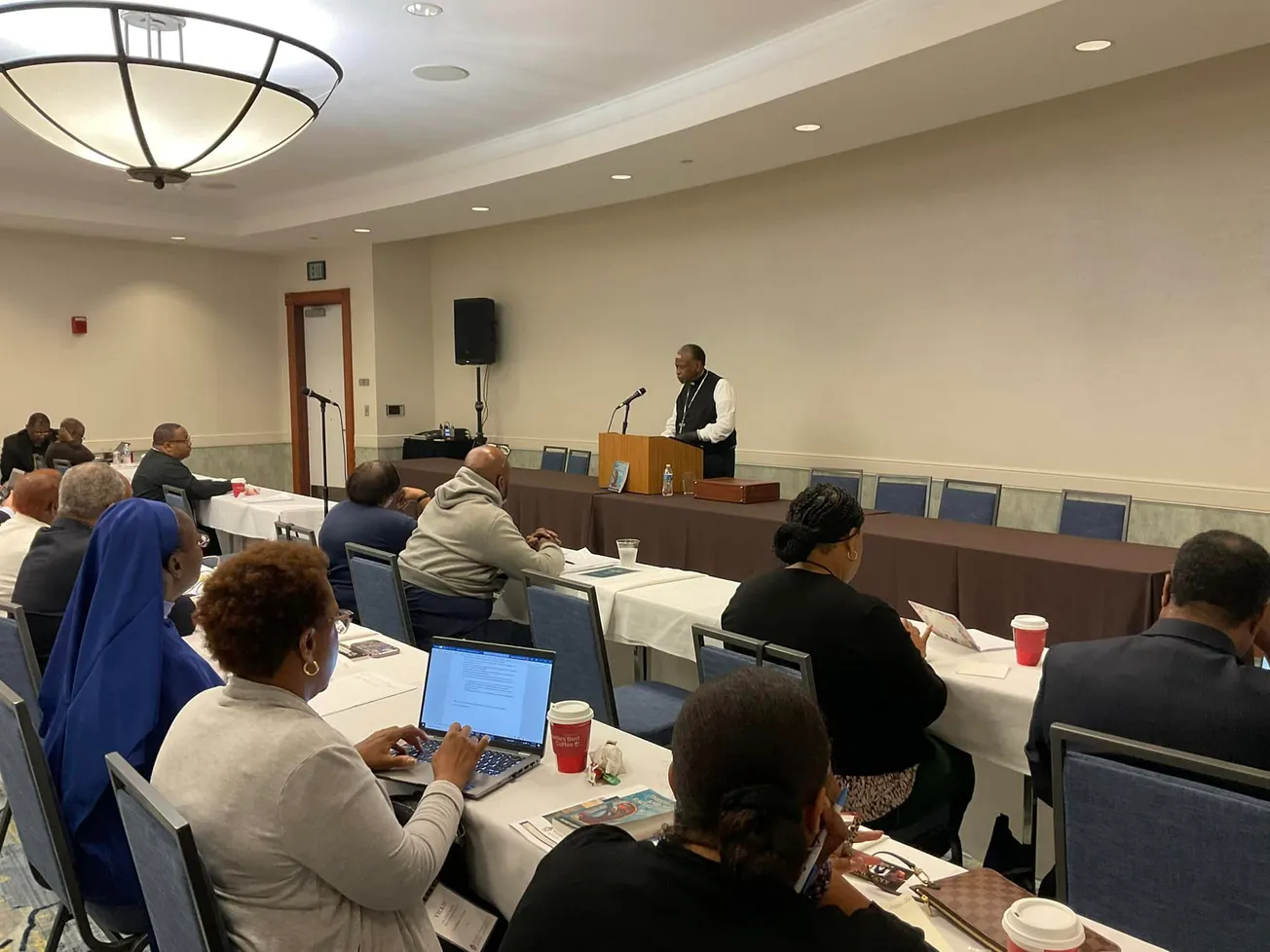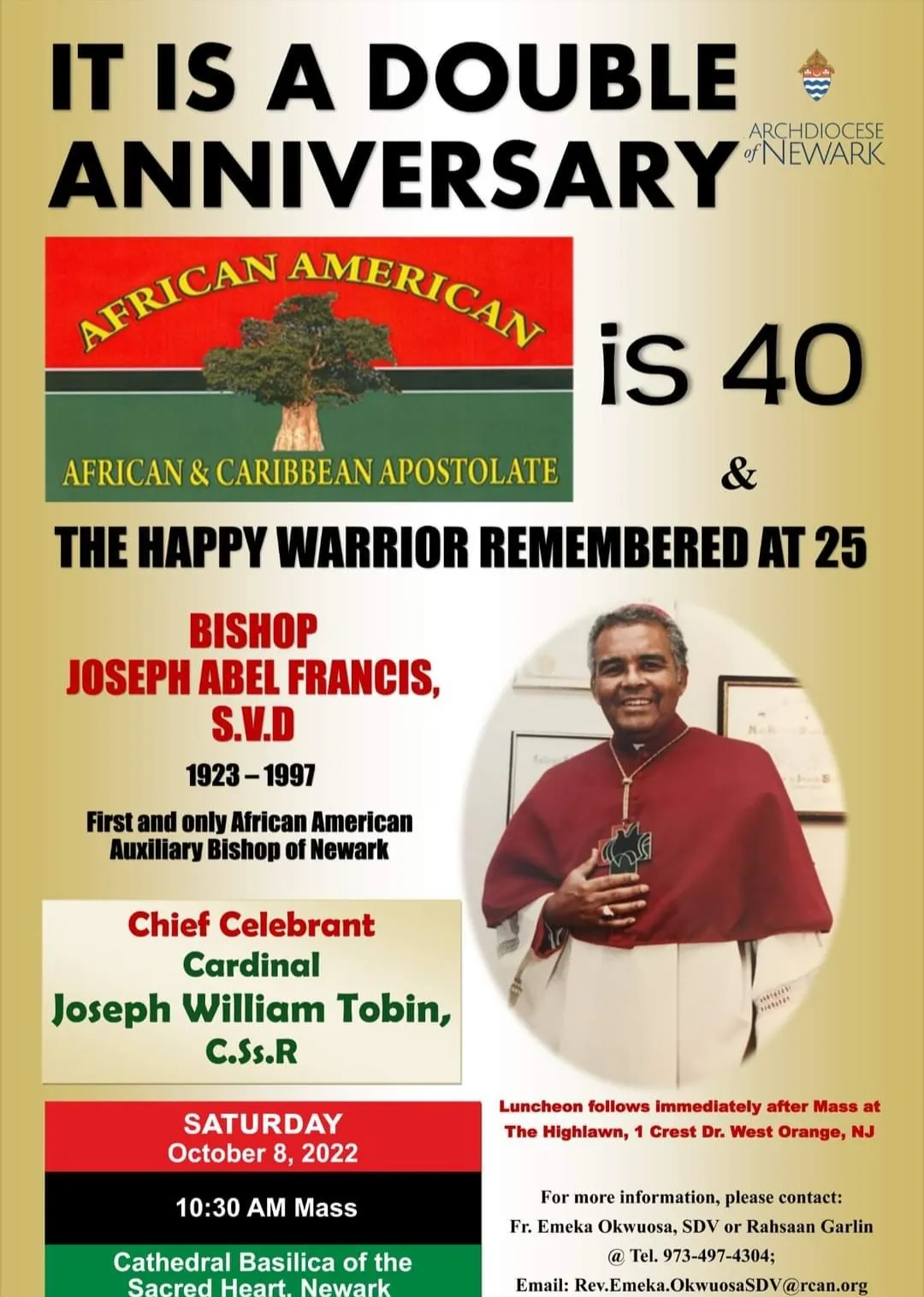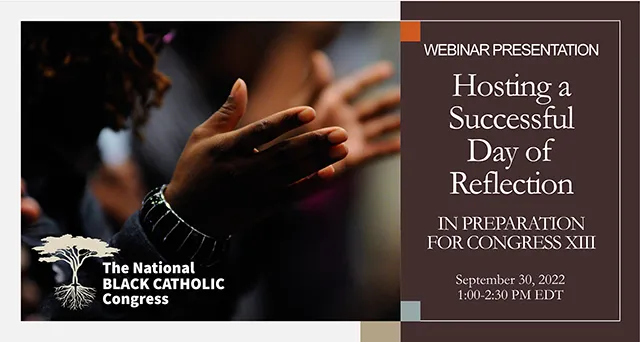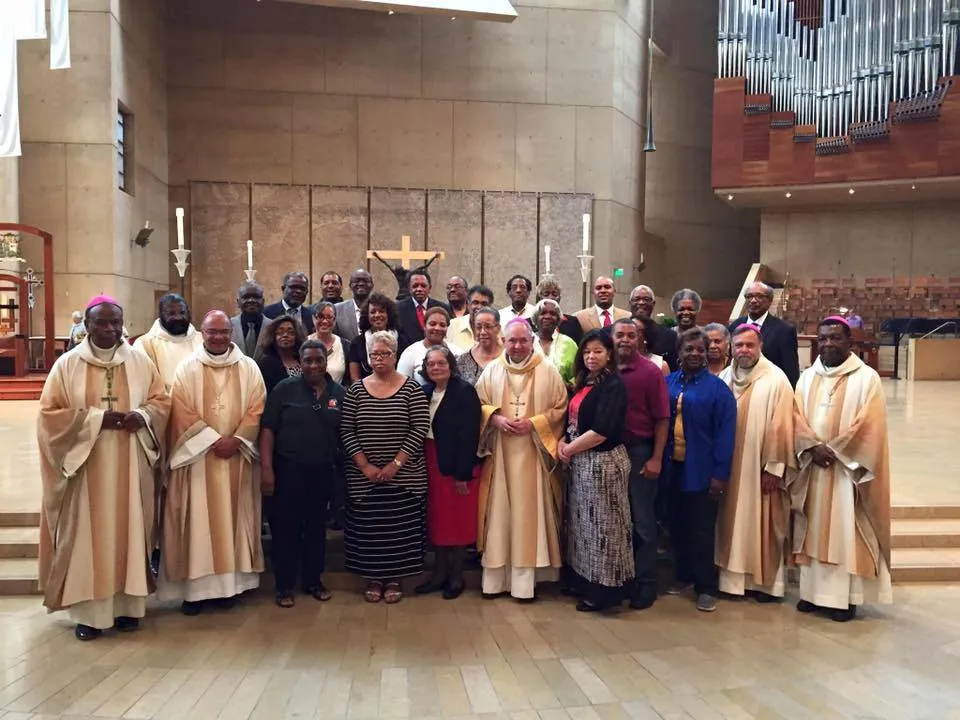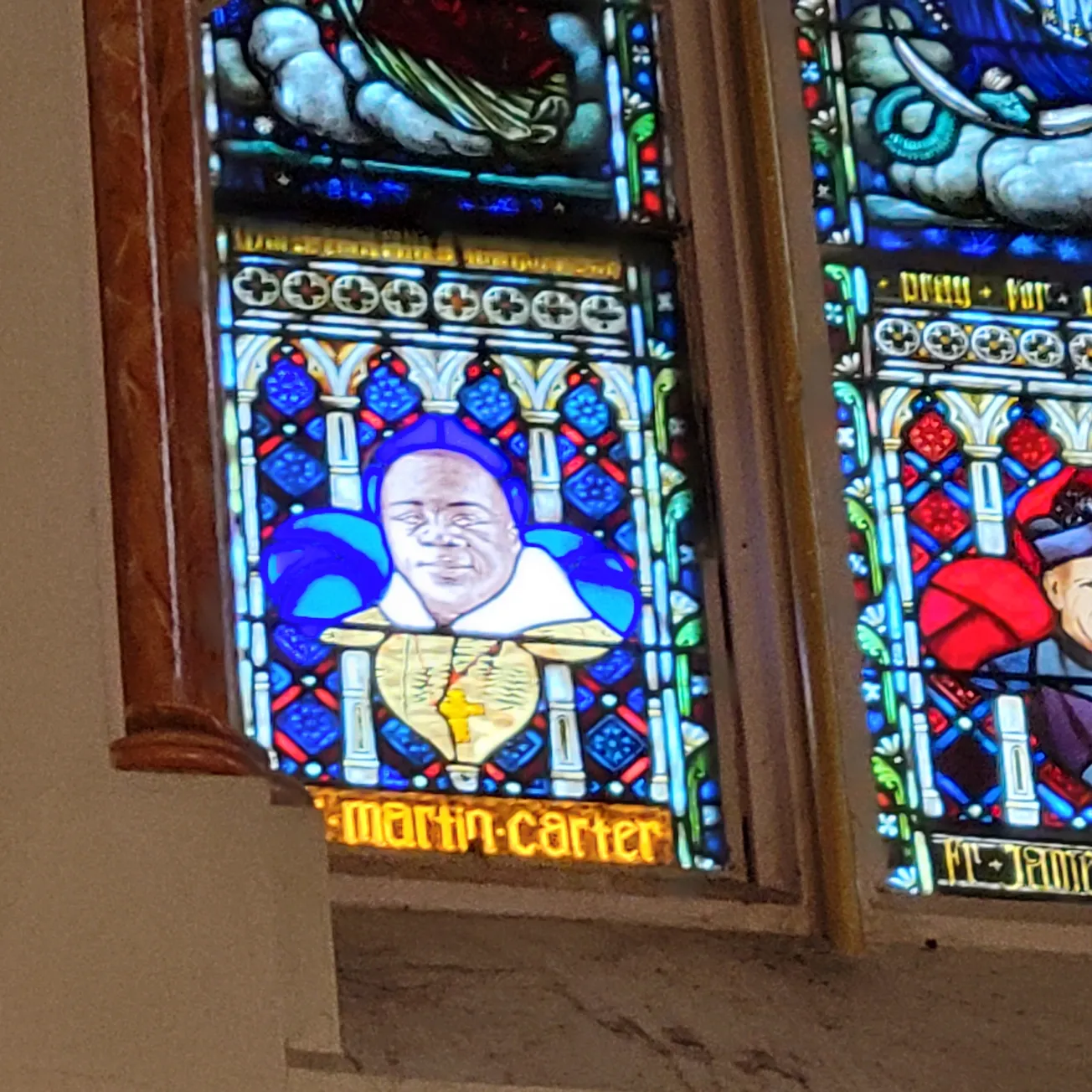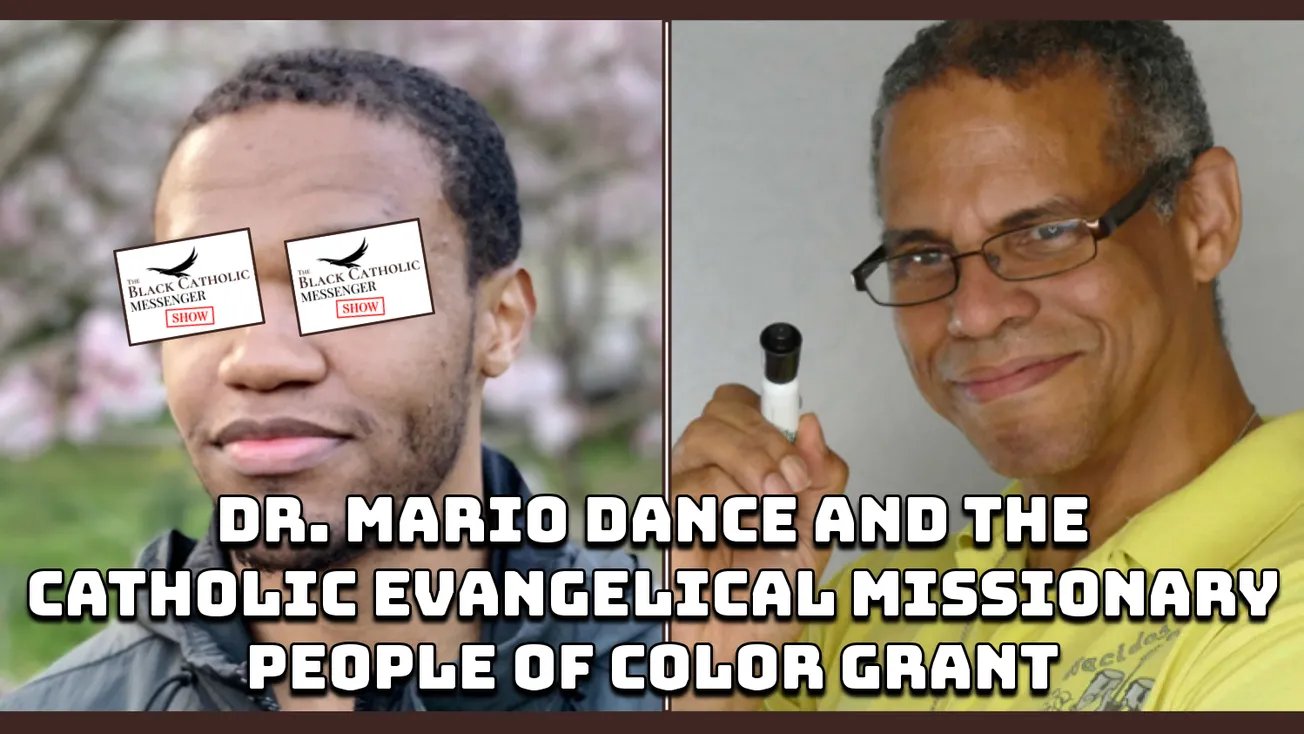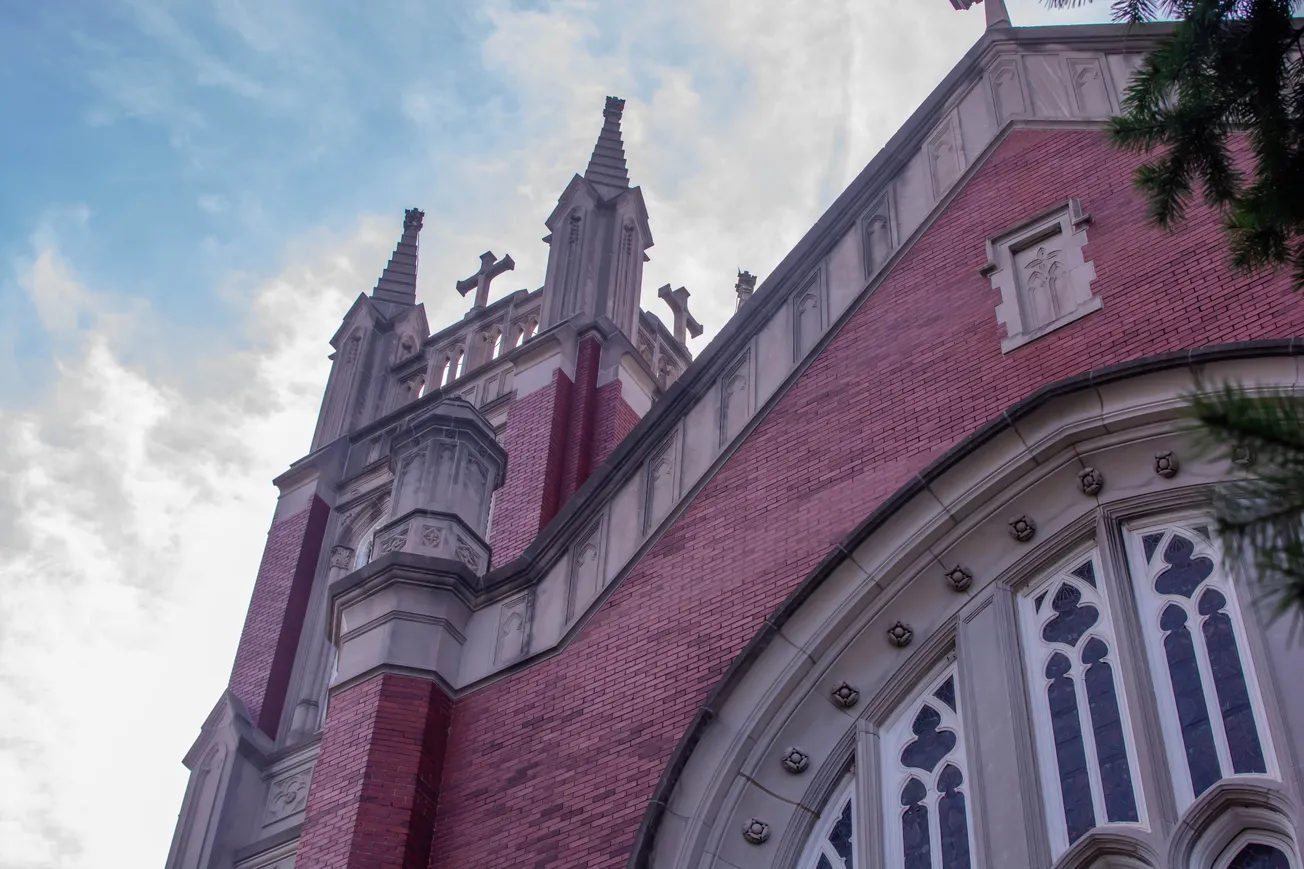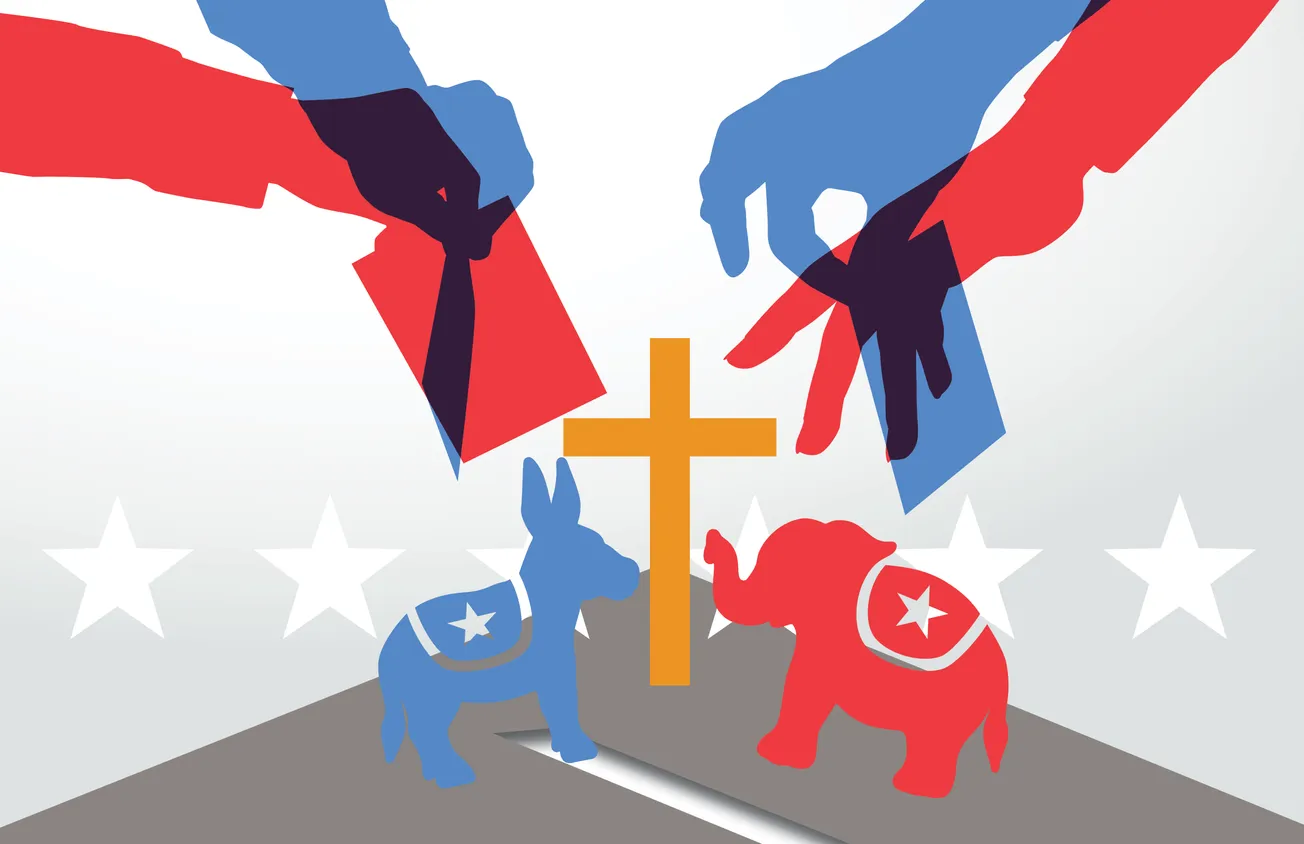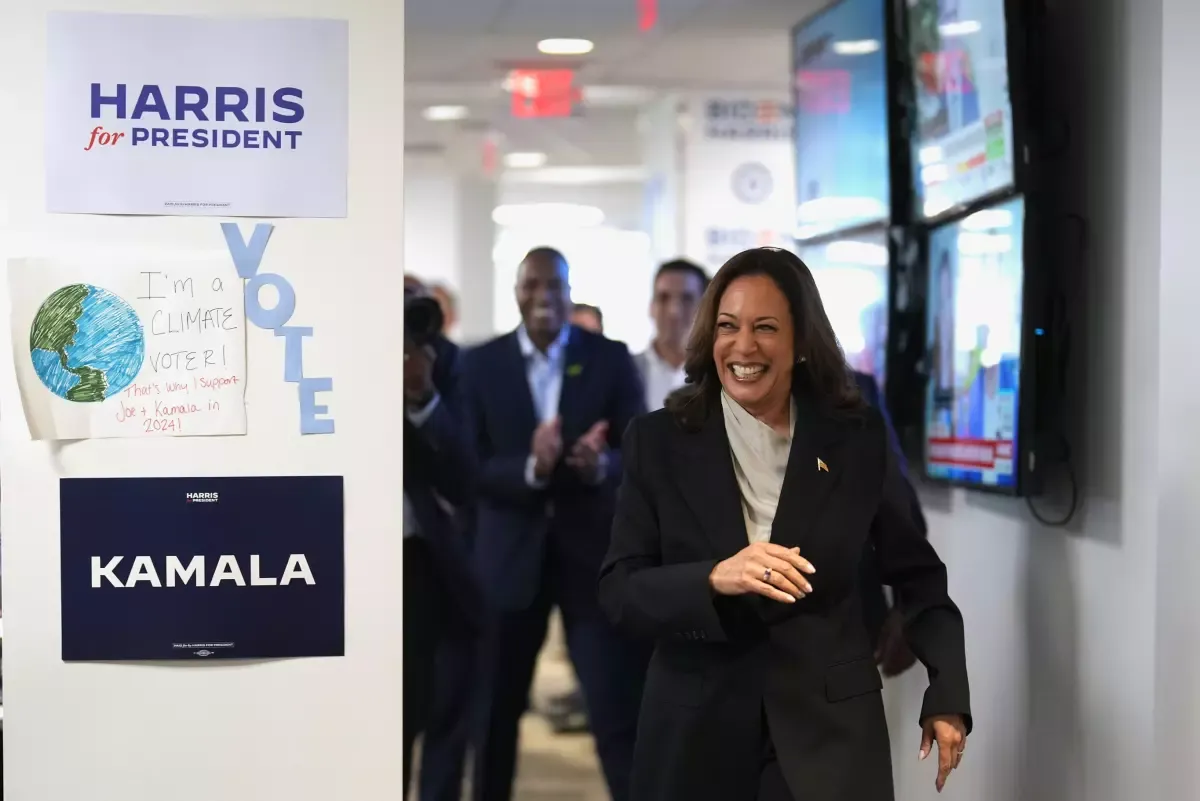Editor’s note: This year’s meeting of the National Association of Black Catholic Administrators (NABCA) took place from September 21-23 in Austin, Texas, gathering leaders from around the country for fellowship, planning, and reflection.
Highlights from the conference included Fr Reggie Norman of the Diocese of Bridgeport being elected NABCA president, Bishop David Toups of Beaumont joining the Knight of Peter Claver, and the presence of several African-American Catholic prelates—including Archbishop Shelton Fabre of Louisville and Bishops Emeritus Curtis Guillory of Beaumont and Edward Braxton of Belleville.
An excerpt from Braxton’s keynote address, on “African American Catholic Administrators and Servant Leadership,” is reprinted here with permission.
Peace be with you!
We gather this morning mindful that dear Bishop Fernand Cheri, OFM, the Auxiliary Bishop of the Archdiocese of New Orleans, is very seriously ill, suffering from heart and kidney ailments. I have known Bishop Cheri long before he became a bishop and I appreciate his Franciscan spirit and his many contributions to the Church so very much. Let us pray for him constantly throughout this day and the days ahead.
As the National Association of Black Catholic Administrators gathers to rededicate yourselves to leadership in the Church, especially in the African American Catholic community, it is clear by the very nature of your ministry, that you yourselves are called to be leaders and to collaborate with other Church leaders. As Directors of offices of African American Catholic Ministries, Superintendents of Schools, representatives of the United States Conference of Catholic Bishops’ African American Affairs Office, Xavier University Institute for Black Catholic Studies, the National Black Catholic Sisters’ Conference, and others, you work with bishops, priests, deacons, religious school administrators, and lay leaders.
You do this in the Catholic Church in which, unfortunately, the racial divide still exists. African American Catholics are a very small portion of the Church. The number of African American Catholics serving in positions of leadership is smaller still. But this should not diminish your appreciation of the importance of your leadership. As a bishop of the Church, I wish to thank you and express the Church’s appreciation and gratitude to you for your exceptional service, which I know is not always appreciated and is sometimes ignored.
The theme of my remarks this morning is “African American Catholic Administrators and Servant Leadership.” I will explore this theme under five headings:
I. Recent Examples of Leadership
II. Many Kinds of Leadership
III. Servant Leadership
IV. Jesus Christ, Servant Leadership and Black Lives Matter
V. Conclusion: A Community of Foot Washers
I. Recent Examples of Leadership
Recent events have prompted us to think critically about leadership. The August 30 death of Mikhail S. Gorbachev, 91, the last leader of the Soviet Union, who, adopting the principles of glasnost and perestroika, presided over the end of the Cold War, lifted the Iron Curtain transforming the map of Europe and the political climate of the world, leading to the collapse of the Soviet Union.
Vladimir Putin, by contrast, has tried to undo all that Mr. Gorbachev accomplished and, with Tzarist ambitions is prosecuting a gravely immoral war against the people of Ukraine causing unspeakable violence, destruction, suffering, and death in the hope of restoring Russia’s empire status.
Ukraine’s president, Volodymyr Zelenskyy, has demonstrated heroic courage and bold leadership defending his homeland against an unjust aggressor. He has amazed the world by the defense he has mounted, with the help of President Joseph Biden, the United States, and the North Atlantic Treaty Organization.
Just days ago, the world seemed to pause to honor Queen Elizabeth II during her funeral liturgy at Westminster Abbey. The Queen died at 96, after a 70-year reign and 73 years of marriage to Prince Phillip. A constitutional monarch with no political power, Elizabeth exercised unique moral leadership with grace and dignity. Her service provided an extraordinary stability to the United Kingdom as she gave wise counsel to fifteen prime ministers, and fourteen American presidents. Notwithstanding the well-known terrible racist evils of British colonialism, the Queen is admired as a towering leader.
In the United States, the January 6 Committee led by African American Mississippi Congressman Bennie Thompson seeks to understand forces that are threatening the very foundations of democratic leadership in this country. Daily we hear the fiery rhetoric of mid-term election campaigns with the elected leader of one party expressing concern for the soul of our nation and the de facto leader of the other party proclaiming, falsely, that the 2020 presidential election was invalid.
Furthermore, the country is in a state of crisis over the Supreme Court’s Dobbs vs. Jackson Women’s Health Organization ruling. Because of its decision to overturn the 50-year-old Roe v. Wade concerning what it deemed the constitutional right to end developing fetal life in the womb, the moral leadership of the Supreme Court is celebrated and praised by some and condemned and rejected by others.
In the Church, our Holy Father Pope Francis has brought to the Roman Pontificate a style of leadership somewhat unlike that of his predecessors, Pope Benedict XVI and St. John Paul II. Francis’s leadership style has been brought to full expression in his refocusing all leadership in the Church, including papal leadership and episcopal leadership on synodality. The pontiff is directing a renewed spirit of cooperation, consultation and collaboration to be implemented at all levels of the Church.
Catholics are in the midst of a unique, vast worldwide consultation in preparation for the Synod on Synodality scheduled for October 2023. Some observers, applauding the Roman Pontiff’s vision, wonder if he can bring it to fulfillment at this point in his pontificate. You may each have your own ideas about how successful the synod will be based on the preparations in your area while the Pope presses on, placing his trust in the Holy Spirit.
This summer we saw a further example of papal leadership when frail, and in a wheelchair on a “pilgrimage of penance,” Pope Francis apologized to Indigenous people in Canada for the cruel, sinful, and murderous deeds committed in church-run schools.
II. Many Kinds of Leadership
The moving viewpoint of these examples of leadership reminds us that there are many different styles and models of leadership in our world and in the Church.
In the Church, a bishop, a vicar general, a deacon, a religious, a superintendent of schools, a principal, a chief financial officer, a parish council chairperson, the head of a diocesan department or agency, and those charged to lead African American Catholic ministries may lead in different ways. They may lead in the style of 1) a ruler, 2) a manager, 3) a teacher, 4) a prophet, 5) a sage, 6) a holy man or woman, or, 7) a servant leader.
- Rulers tend to lead with the idea that they are in charge. Decision-making is from the top down. They assume that their judgments are the correct ones. They may be impatient with those who disagree with their decisions, since they believe that they alone see the bigger picture.
- Managers lead with the idea that it is the details that count. They may not see the bigger picture, but they are determined to dot every ‘I’ and cross every ‘T’ in a given project. Managers are willing to delegate but they will always follow up to make sure a task has been done without any missteps.
- Teachers usually lead first by studying. They read about every aspect of a given undertaking. They also want to make sure that everyone on the staff is knowledgeable, well-informed, and understands the reason why a project is being tackled in a specific way. Their focus on studious preparation can sometimes slow a project down.
- Prophets almost always lead by challenging the ideas of others, especially those who lead as rulers. They are not afraid of confrontation. They are bold and confident in their approach even though they may not know the details that the manager or the teacher knows. They have a strong interior sense about the way things should be done. If they do not get their way, they may abandon the project.
- Sages generally lead with a degree of detachment, offering wise counsel and illuminating insights from the perspective of years of experience and reflection. While they may not involve themselves in the thorny details of the issues that are confronting the community, those who are sages often see the critical questions to be addressed with incisive clarity. The Sage remains calm in the midst of conflict.
- Holy men and holy women lead from a zone of solitude and prayer. Their leadership, like their lives, is God-centered. No plan or program is undertaken without prayer. This is not the superficiality of, “Let’s begin our meeting with a prayer.” All meetings and examinations of the way forward are saturated with a prayerful spirit. A spirituality of discernment is at the heart of this leadership. For such leaders, God the Father, God the Son, and God the Holy Spirit are called upon. “Lead me, guide me.”
However, no matter what style of leadership one follows, leadership in the Church cannot be effective in the long run unless the leader and the leader’s collaborators are willing to consistently follow certain key imperatives. A successful leader must Listen! Learn! Think! Pray! and Act! A good leader must listen to the opinions of coworkers, learn from their opinions, think carefully about what has been learned, pray over the issues being thought about, make decisions, and act with confidence.
Often when the efforts of a leader fail it is because the leader did not consistently Listen! Learn! Think! Pray! and Act! These imperatives must be followed throughout the task at hand, not simply at the beginning. These imperatives may be of particular importance in situations in which African American Catholics exercise administrative responsibilities while working with larger white Catholic leadership structures.
Perhaps you see yourself or those with whom you work in the African American and multi-racial Catholic community in these descriptions of leadership. You may think that the ideal leader brings all of these dimensions of leadership together and relies on a different dimension as circumstances suggest. However, this is not easy. Your own experience of the way you and those around you lead probably confirms that one or two of these models dominate your leadership style.
III. Servant Leadership
There is however a final model of leadership that I wish to suggest is the most appropriate form of leadership in the life of the Church. This servant leadership model is as old as the gospels and Jesus of Nazareth and has been explored in the writings of Robert K. Greenleaf. I highly recommend Mr. Greenleaf’s magisterial book, “Servant Leadership: A Journey into the Nature of Legitimate Power and Greatness.”
It was while reading Herman Hesse’s novel “Journey to the East,” that the idea of servant leadership dawned on Mr. Greenleaf. The book centers around a group of people journeying on a pilgrimage together. One of the main characters in the story is a servant named Leo, who accompanies the group doing menial tasks for them. He talks to and listens to everyone. He helps keep morale high and from time to time he makes extraordinary suggestions that make the journey more beneficial for everyone. He then disappears. Without Leo, the group gradually falls apart and decides to abandon the pilgrimage. However, Leo reappears and the pilgrims realize that Leo, despite his servant’s attitude, was actually giving shape and purpose to the pilgrimage all along. Leo was their servant leader.
Mr. Greenleaf highlights certain qualities of servant leaders:
- Servant leaders communicate and influence, but do not force, dictate, or demand.
- Servant leaders avoid using power language to maintain control over others.
- Servant leaders defend coworkers who stand up for principles.
- Servant leaders champion sound, moral behavior as an aspect of leadership.
- Servant leaders convince those around them that collaboration serves the interest and well-being of all involved.
- Servant leaders suggest a plan but allow coworkers to make it their own.
- Servant leaders are openly accountable for their decisions to all involved in the task at hand.
- Servant leaders make the continued personal growth and well-being of coworkers a priority.
- Servant leaders display conviction and willpower but make it clear to coworkers that the leader’s ideas do not arbitrarily replace the ideas of subordinates.
- Servant leaders respond to problems by listening in order to understand. Servant leaders are truly active listeners. In stark contrast to “listening to respond,” “listening to understand” requires listeners to put all of their energy toward absorbing what other people are saying rather than formulating a response while others are still talking.
- Servant leaders take time for themselves. In essence, servant leaders know that when their energy is depleted, they will not be at their best for the people around them. Servant leaders regularly ask themselves what they need to do in order to serve others better.
- Servant leaders are skilled at leading people into the future from alongside or behind them, allowing each person to know that what they do makes a difference.
A successful servant leader always Listens! Learns! Thinks! Prays! and Acts! careful to head these imperatives over and over again.
Robert Greenleaf gave Mahatma Gandhi, Helen Keller, Mary McLeod Bethune, Eleanor Roosevelt, Mother Teresa of Calcutta, Nelson Mandela, Martin Luther King Jr., and Jesus Christ Himself as good examples of servant leadership. But he stresses most servant leaders are not famous. They are ordinary people in ordinary circumstances with everyday responsibilities who grasp that leadership should not primarily be conceived as power. They are people who lead by serving.
As Jesus teaches us “I am in your midst as one who serves. I have come to serve not to be served.”
The Most Reverend Edward Braxton, Ph.D., S.T.D. is Bishop Emeritus of the Diocese of Belleville. His most recent book, “The Church and the Racial Divide in the United States: Reflections of an African American Catholic Bishop,” has added to his reputation as a leading voice in the Catholic Church on the racial divide in this country.


